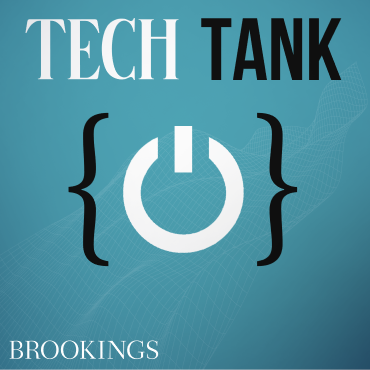TechTank, a biweekly podcast from the Center for Technology Innovation at Brookings, explores today’s most consequential technology issues. Moderators Nicol Turner Lee and Darrell West speak with experts and policymakers to share data, ideas, and policy solutions that address the challenges of our digital world.
Wikipedia has become the go-to source of information for many people around the globe. Putting the world’s knowledge just a click away is a tremendous resource for all who use the site, primarily due to results appearing near the top of search recommendations. Daily, people rely on it for information about a range of people and topics. With over 45 million registered English users and 120,000 editors, Wikipedia was one of the the early aggregators of human knowledge. Yet little is known about how the online repository operates, its content moderation, strategies for avoiding disinformation and fake news, and the way in which it deals with racial and/or gender biases.
With the recent rise in the use of digital technologies, disinformation has prospered on the internet, and many have questioned Wikipedia’s methods around information curation. A number of researchers have found inaccuracies on various Wikipedia pages. The site also uses editors to ensure accurate information, but there is debate around who edits the content and how inaccuracies and unfairness are addressed.
To discuss these important topics, Darrell West, co-host of the TechTank podcast, will be joined by Isabelle Langrock and Kent Campbell. Langrock, a Ph.D. candidate at the Annenberg School for Communication at the University of Pennsylvania, is writing her dissertation on open knowledge production and digital access. Kent Campbell is a strategist at Reputation X researching Wikipedia references, talk pages, and historical editing patterns.
You can listen to the episode and subscribe to the TechTank podcast on Apple, Spotify, or Acast.
The Brookings Institution is committed to quality, independence, and impact.
We are supported by a diverse array of funders. In line with our values and policies, each Brookings publication represents the sole views of its author(s).










Commentary
PodcastHow Wikipedia works | The TechTank Podcast
March 27, 2023
Listen on
The TechTank Podcast